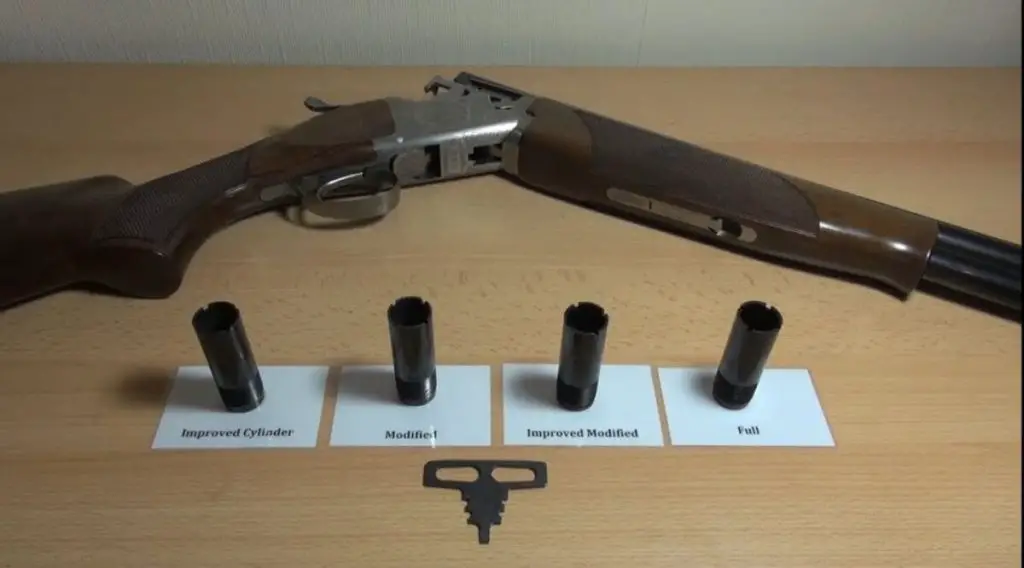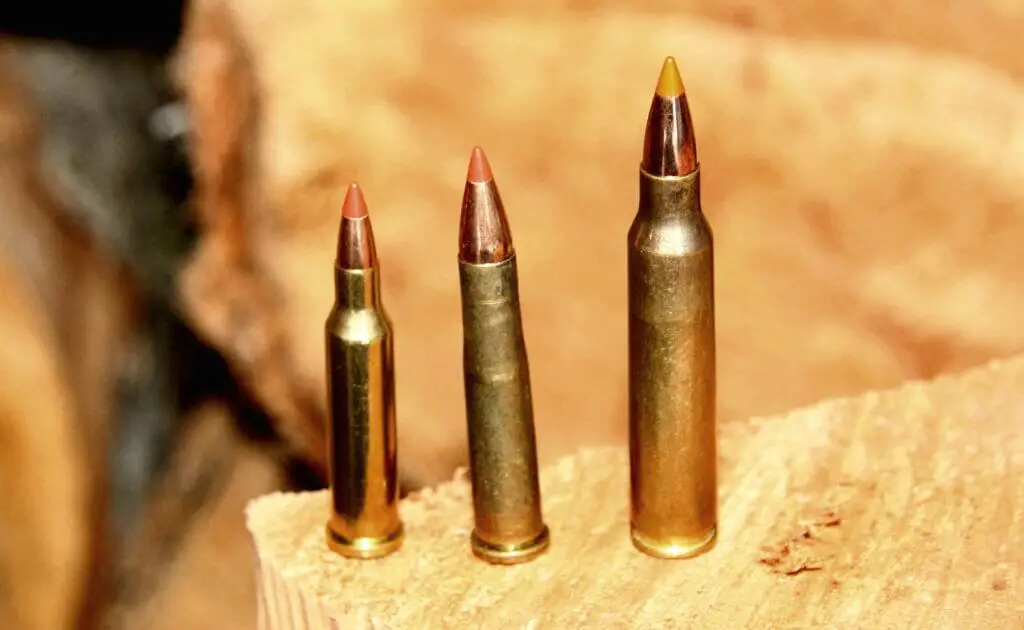When it comes to modern sporting rifles, few names hold as much clout as the Diamondback AR-15. This rugged and reliable long gun has become a favorite among shooting enthusiasts for its versatility, customization options, and dependable performance. However, like any firearm, even the mighty Diamondback AR-15 isn’t without its problems. In this blog post, we’ll highlight some common issues that users may encounter while handling this semi-automatic rifle and provide solutions to effectively tackle them.
Understanding Diamondback AR-15
Before diving into the problems, let’s briefly discuss the basic overview of the Diamondback AR-15. While it is hailed for its outstanding performance, many users have reported a few glitches over the years.
Problem One: Firing Pin Issues
The Problem
One of the most common problems encountered with the Diamondback AR-15 rifle is the premature wear of the firing pin. Over time and frequent use, the pin may develop bends or eventually break, preventing a successful striking of the primer, hence causing misfires.
The Solution
If your Diamondback AR-15 is suffering from firing pin issues, the solution is fairly simple. It’s recommended to carry a spare firing pin that can be easily replaced when the original one shows signs of wear.
- Firstly, clear the firearm and make sure it is safe to handle.
- Next, remove the rear takedown pin which will allows you to separate the upper and lower receiver.
- Take out the bolt carrier group and the charging handle.
- Remove the firing pin retainer followed by the firing pin itself.
- Replace the old firing pin with the new one and reassemble the rifle in reverse order.
Problem Two: Magazine Drops
The Problem
The Diamondback AR-15 may sometimes experience ‘magazine drops.’ This refers to the magazine not seating properly and being inadvertently released during firing.
The Solution
A magazine drop issue can be quite frustrating but it’s not a dead-end. The most likely cause is a worn-out magazine catch or using a magazine of poor quality or incompatible design.
- Begin the process by checking the magazine catch for any signs of wear or damage. If it appears overly worn, consider replacing it.
- Make sure you are using a high-quality magazine compatible with your rifle. Some magazines may not properly interact with the rifle’s catch mechanism leading to unwanted drops.
Problem Three: Failure to Feed (FTF)
The Problem
“Failure to Feed” or ‘FTF’ is a common problem among various firearms, including the Diamondback AR-15. This problem arises when the round isn’t properly loaded into the chamber from the magazine.
The Solution
A failure to feed issue can usually be attributed to either dirty firearm or a weak magazine spring. Providing regular maintenance and cleaning is the primary solution.
- Regular cleaning and lubricating the gun parts play a significant role in keeping the feeding process smooth. Make sure you keep the weapon in pristine condition.
- Magazine springs may lose their tension over time. If your magazine spring appears to be weak, consider replacing it to ensure proper feeding.
It’s crucial for firearm owners to remember that although the Diamondback AR-15 is a reliable weapon, it’s not exempt from potential issues. With this guide, however, you would be well prepared to troubleshoot any problems that may arise, ensuring your rifle continues to function flawlessly for you for many years to come. Note that regular cleaning and proper care of your firearm can prevent many of these common issues, so always remember to carry out regular maintenance.
Frequently Asked Questions
1. Are Diamondback AR-15s reliable?
Yes, Diamondback AR-15s are generally considered reliable firearms. However, like any mechanical device, they can experience issues, particularly if not properly maintained or when using low-quality ammunition.
2. How do you know if your AR-15 is undergassed?
If your AR-15 is undergassed, you may experience several symptoms, such as frequent failure to eject (stovepipe malfunctions), short cycling (failure to complete a full cycle), or weak ejection pattern. Additionally, you may notice decreased recoil or reduced reliability when swapping between different ammunition loads.
3. What is a Type 3 malfunction on an AR-15?
A Type 3 malfunction on an AR-15, also known as a “double feed,” occurs when a spent casing is not ejected, and a new round tries to load into the chamber, resulting in a jam. This issue often requires manual intervention to clear the malfunction before the rifle can continue firing.
4. Is Diamondback Firearms still in business?
As of my knowledge update, Diamondback Firearms is still in business. However, it is always advisable to check their official website or contact their customer service for the most up-to-date information regarding the company’s status.
5. What are some common issues with Diamondback AR-15s?
While Diamondback AR-15s are generally reliable, some common issues reported by users include failure to extract or eject, magazine feeding issues, inconsistent accuracy, and occasional trigger problems. It is worth noting that these problems can often be resolved through proper cleaning, lubrication, and using quality ammunition.
6. How can I troubleshoot feeding issues with my Diamondback AR-15?
If you’re experiencing feeding issues with your Diamondback AR-15, start by ensuring that you are using high-quality, properly functioning magazines. Clean and lubricate both the rifle and magazines thoroughly. If the problem persists, try different brands or types of ammunition to see if the feeding issue improves. If all else fails, consult a qualified gunsmith for further diagnosis and assistance.
7. Can I use any AR-15 upper receiver on my Diamondback lower receiver?
In general, Diamondback lower receivers are compatible with most mil-spec AR-15 upper receivers, allowing you to mix and match components as desired. However, it is always recommended to consult the manufacturer’s specifications or reach out to Diamondback Firearms directly for confirmation.
8. My Diamondback AR-15 is experiencing frequent jamming issues. What should I do?
If your Diamondback AR-15 is experiencing frequent jamming issues, first make sure that you are using good quality ammunition. Ensure the rifle is properly cleaned and lubricated. Check if the magazine is damaged or worn, as that can also contribute to jamming. If the issue persists, it is advised to consult a qualified gunsmith for further inspection and potential troubleshooting.
9. Is it normal for my Diamondback AR-15 to have a “break-in” period?
Yes, it is common for many AR-15 rifles, including Diamondback AR-15s, to benefit from a break-in period. During this time, the rifle’s moving parts settle into their proper functioning positions, and any rough spots or imperfections smooth out. It is recommended to follow the manufacturer’s guidelines regarding the break-in process, which might involve shooting a specific number of rounds and properly cleaning the firearm.
10. Are aftermarket parts compatible with Diamondback AR-15s?
In many cases, aftermarket parts can be compatible with Diamondback AR-15s, particularly if they conform to mil-spec dimensions. However, it is important to consider that not all aftermarket parts are equal in quality, so it is advisable to research and purchase from reputable manufacturers. Additionally, modifying your firearm with aftermarket parts may void your warranty, so it’s essential to read and understand Diamondback Firearms’ warranty policy.
- How to Put a Scope on a Mosin Infantry in Tarkov: A Quick Guide - November 7, 2024
- How to Edit a Scope Box in Revit: A Step-by-Step Guide - November 6, 2024
- How to Put a Scope on Mosin Tarkov: Expert Tips for Gamers - November 6, 2024


